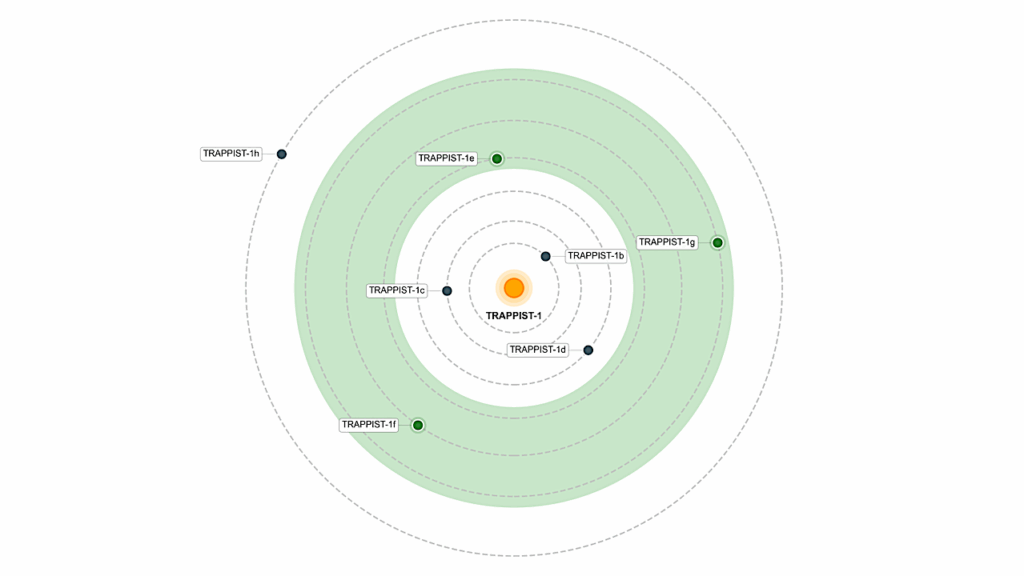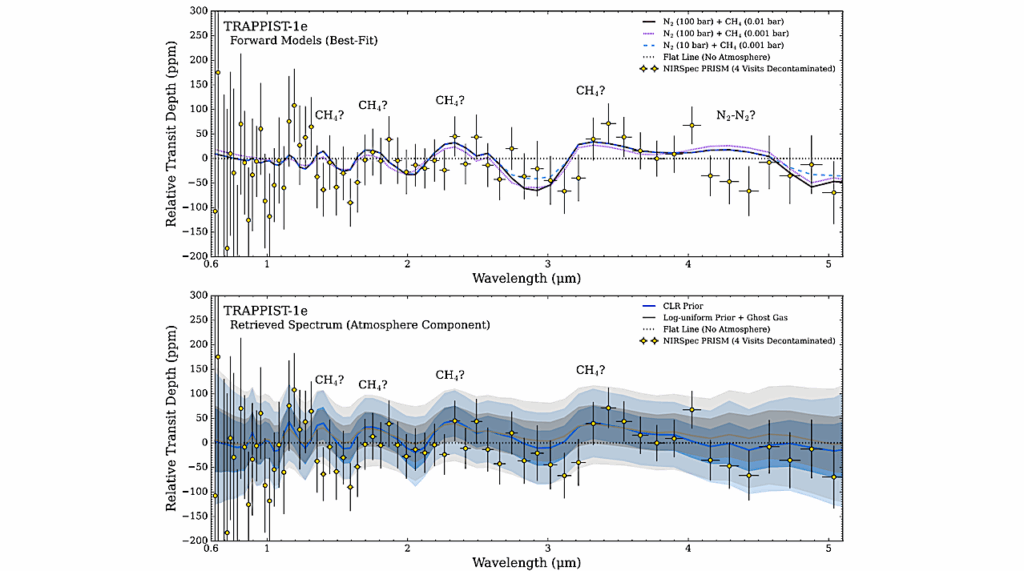ExoCAM: A 3D Climate Model for Exoplanet Atmospheres

The TRAPPIST-1 Habitable Atmosphere Intercomparison (THAI) project was initiated to compare 3D climate models that are commonly used for predicting theoretical climates of habitable zone extrasolar planets.
One of the core models studied as part of THAI is ExoCAM, an independently curated exoplanet branch of the National Center for Atmospheric Research (NCAR) Community Earth System Model (CESM) version 1.2.1. ExoCAM has been used for studying atmospheres of terrestrial extrasolar planets around a variety of stars. To accompany the THAI project and provide a primary reference, here we describe ExoCAM and what makes it unique from standard configurations of CESM. Furthermore, we also conduct a series of intramodel sensitivity tests of relevant moist physical tuning parameters while using the THAI protocol as our starting point.
A common criticism of 3D climate models used for exoplanet modeling is that cloud and convection routines often contain free parameters that are tuned to the modern Earth, and thus may be a source of uncertainty in evaluating exoplanet climates. Here, we explore sensitivities to numerous configuration and parameter selections, including a recently updated radiation scheme, a different cloud and convection physics package, different cloud and precipitation tuning parameters, and a different sea ice albedo. Improvements to our radiation scheme and the modification of cloud particle sizes have the largest effect on global mean temperatures, with variations up to ~10 K, highlighting the requirement for accurate radiative transfer and the importance of cloud microphysics for simulating exoplanetary climates. However for the vast majority of sensitivity tests, climate differences are small. For all cases studied, intramodel differences do not bias general conclusions regarding climate states and habitability.
Eric Wolf, Ravi Kopparapu, Jacob Haqq-Misra, Thomas J. Fauchez
Comments: Accepted to Planetary Science Journal. ExoCAM and ExoRT source code available at: this https URL and this https URL
Subjects: Earth and Planetary Astrophysics (astro-ph.EP); Instrumentation and Methods for Astrophysics (astro-ph.IM)
Cite as: arXiv:2201.09797 [astro-ph.EP] (or arXiv:2201.09797v1 [astro-ph.EP] for this version)
Submission history
From: Ravi Kumar Kopparapu
[v1] Mon, 24 Jan 2022 16:48:39 UTC (973 KB)
https://arxiv.org/abs/2201.09797
Astrobiology








